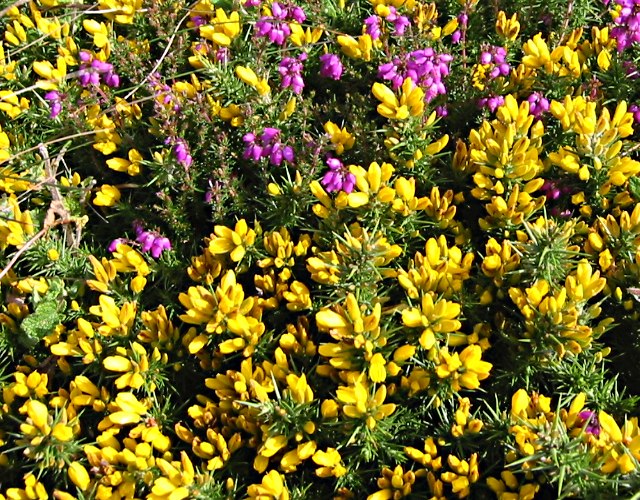“Our peatlands are an incredibly valuable natural resource. They play a crucial role in locking up carbon, provide habitats for wildlife and help with flood mitigation.”
.
Should we stop using peat on our gardens?
That’s the question the government is asking this week:
It’s about limiting the digging up of peat – in areas such as Indonesia where the land is cleared for palm oil plantations:
With much of the peat sold to gardeners in the UK imported from abroad, curbing its use will also protect peat bogs further afield, officials argue.
Environment Minister, Rebecca Pow, said: “Our peatlands are an incredibly valuable natural resource. They play a crucial role in locking up carbon, provide habitats for wildlife and help with flood mitigation. The amateur gardening sector has made huge strides in reducing peat use and there are more sustainable and good quality peat-free alternatives available than at any other time, so I am confident now is the right time to make the shift permanent.”
But with a voluntary target being missed to end its use by amateur gardeners by 2020, set by ministers in 2011, Ailis Watt, from the Wildlife Trusts, said the Government had dragged its heels on the issue for a decade. “We need to see an immediate ban on use of peat by individuals and the wider horticulture industry, an immediate cessation of peat extraction in the UK and an immediate ban on import of peat and peat materials,” Watt said.
Ban on sale of peat compost to gardeners could be enforced by 2024 | devonlive.co.uk
The limiting of the digging up of peat would also protect areas in the UK – including in the South West:
A £13m project to restore damaged peatland is already encouraging many rare birds and plants back to the Westcountry.
The South West Peatland Partnership is working to rehabilitate 2,634 hectares of damaged peatland in Cornwall, Devon and Somerset, saving a total of 652,625 tonnes of CO2 equivalent.
It is led by Morag Angus, South West Water’s Mires Manager, and complements the firm’s award-winning Upstream Thinking catchment management programme which has been supporting habitats and restoring land across the region since 2006. She said: “It really is so rewarding to work as part of the South West Water team on this project. We’re beginning to see all those scarce and endangered birds and plants like snipe, curlew, dunlin, Sphagnum mosses and golden plover coming back into the re-wetted areas. At the end of the day, I feel like I’m really making a difference, which was the whole reason I got involved in nature conservation in the first place.”
£13m peatland project brings rare birds and plants back to South West | devonlive.co.uk
The project is focussing on the larger areas:
The South West Peatland Partnership is working to restore damaged peatland on Bodmin Moor, Dartmoor and Exmoor.
South West Peatland Partnership | southwestwater.co.uk

And indeed, some of the most impressive peatlands are in Dartmoor:
The Magnificent Mires project celebrated the fascinating, unrivalled natural and cultural heritage of one of Devon’s least known landscapes – the internationally important blanket bogs of Dartmoor
Magnificent Mires | devonwildlifetrust.org
But up on Woodbury Common, where the latest National Nature Reserve has been created on the Pebble Heaths, there are also areas of peat bog – as related by Dr Sam Bridgewater, Head of Wildlife and Conservation, Clinton Devon Estates:
What makes this biodiversity possible is the space for nature provided by the site’s mosaic of habitats. These include the valley mires with their deep peat, home to the sundew and bog cotton; the wet heath whose presence is betrayed by the pink nodding bells of cross-leaved heath; the dry heaths of western gorse and bell heather that almost impossibly thrive on a soil only centimetres thick.
Countryside Matters: National Nature Reserve edition | clintondevon.com
.